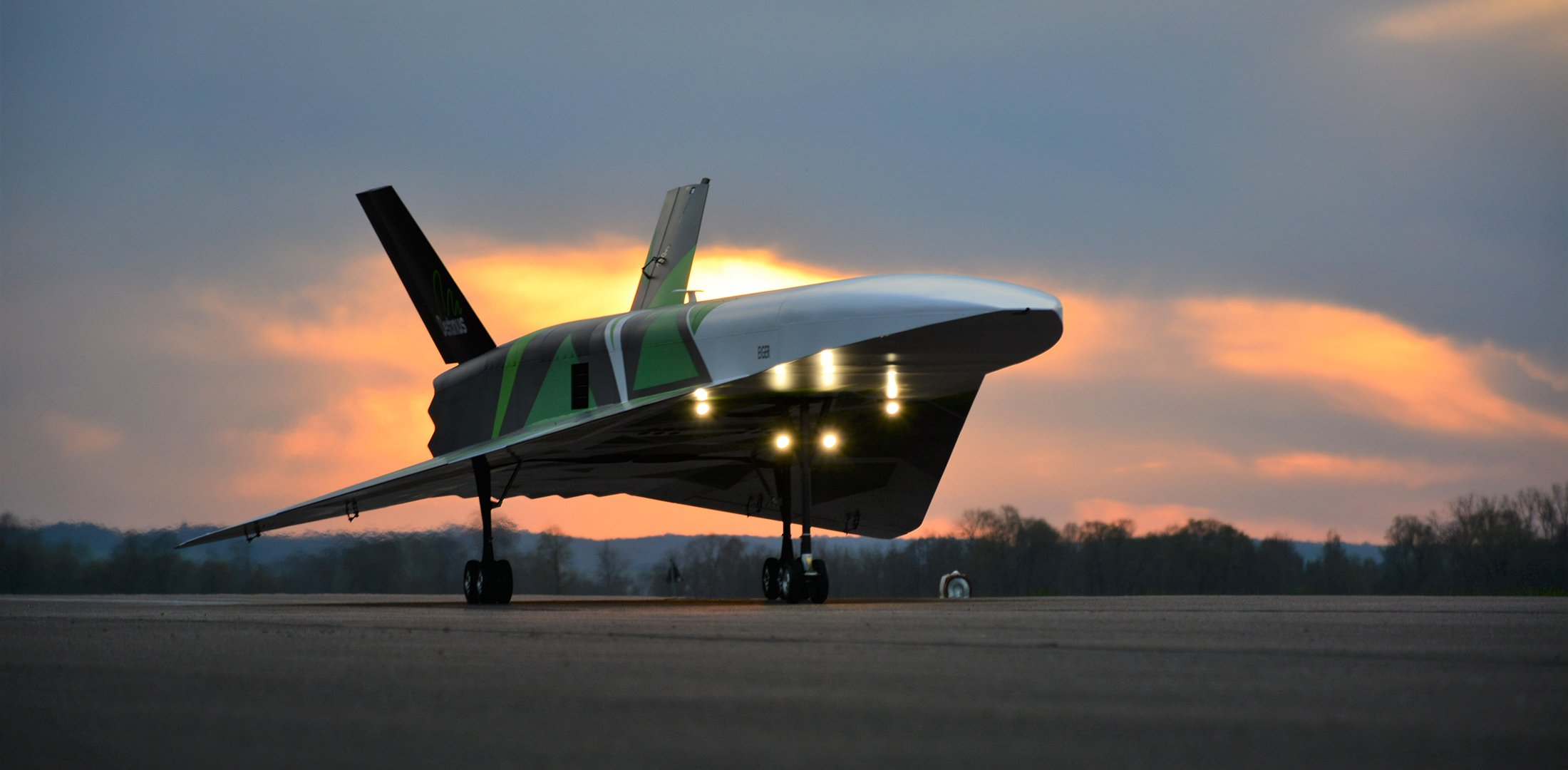Click Here to View This Page on Production Frontend
Click Here to Export Node Content
Click Here to View Printer-Friendly Version (Raw Backend)
Note: front-end display has links to styled print versions.
Content Node ID: 419717
Brazilian on-demand charter flight broker Flapper is looking at ways to use the hydrogen-powered, hypersonic aircraft being developed by Destinus for high-speed cargo delivery flight routes in Latin America and Europe. The two companies this week announced they have signed a letter of intent to “collaborate on a shared mission to connect the world efficiently and sustainably.”
While the initial agreement will focus on developing routes for cargo flights, the companies may also explore the possibility of high-speed passenger flights between Europe and Latin America, Destinus’s senior business development manager, Martina Lofqvist, told FutureFlight. But for now, Destinus is focused on getting its hydrogen-powered hyperplane up and running for cargo operations, Lofqvist said.
The hyperplane would be capable of drastically reducing flight times between the two continents. For example, a flight from Paris to Buenos Aires might take 13 to 14 hours today, but with the hyperplane that trip could be shortened to just three or four hours, Lofqvist said. Flapper intends to utilize the new high-speed routes to transport time-sensitive cargo, such as medical equipment and emergency spare parts.
“In an emergency, seconds count," said Flapper CEO Paul Malicki. "The supply-chain disruption caused by the pandemic permanently placed aviation at the forefront of specialized cargo operations. By using Destinus’s hydrogen-powered aircraft, we intend to shorten the delivery times for existing long-range cargo missions to a fraction of what it is today.”
And because the hypersonic aircraft will fly on “green” hydrogen power—meaning the hydrogen fuel is produced from renewable energy—it will produce zero emissions and therefore be a more environmentally friendly option than transatlantic flights today, Lofqvist explained.
“Latin America is a key market to us,” said Destinus CEO Mikhail Kokorich. “This partnership with Flapper will help us gain direct insight on the express cargo market and to explore new route options across the Atlantic Ocean.”
Flapper’s agreement with Destinus represents the company’s first commitment to hypersonic flights. Recently, Flapper also agreed to purchase up to 30 hybrid-electric eSTOL aircraft from Electra as well as 25 of Jaunt Air Mobility’s Jaunt Journey eVTOL aircraft to support regional, passenger-carrying flights in Latin America. In addition, the company has partnered with Eve Air Mobility to develop eVTOL air taxi networks in the region.
So far, Destinus has produced two prototype aircraft and conducted flight tests with both, but the company has yet to break the sound barrier or fly on hydrogen power. Destinus, which is headquartered in Switzerland, is working to develop its first hydrogen-fed air turborocket (ATR) engine and building a test facility for it, and the company plans to begin testing the first hydrogen components on the ground by the end of this year, Lofqvist told FutureFlight.
An unnamed third prototype is also in the works. It will be a fully autonomous aircraft about the same size as the company’s second prototype, called Eiger, but it will be significantly heavier because it will have larger engines that can fly with hydrogen at supersonic speeds, Lofqvist said. Being a supersonic aircraft, the third prototype will fly faster than the speed of sound, but it will not reach hypersonic speeds, defined as exceeding Mach 5 (five times the speed of sound). After Destinus successfully builds and tests the supersonic prototype, a hypersonic prototype will follow.
Destinus is still determining the exact speed at which its aircraft would be able to cruise, with original estimations exceeding Mach 15 and travel between any two points on Earth in under two hours, but Lofqvist told FutureFlight that this estimate might be “a little bit too optimistic.” Instead, the company now says its hypersonic vehicles will exceed Mach 5—though it’s not yet clear by how much—and travel between any two points on Earth in less than three or four hours. “It's very hard to know before you have an engine what exactly the speed is that you're going to reach, but we know that we're going to be about three to four hours to any long-range or long-haul destination that exists today,” Lofqvist said.
